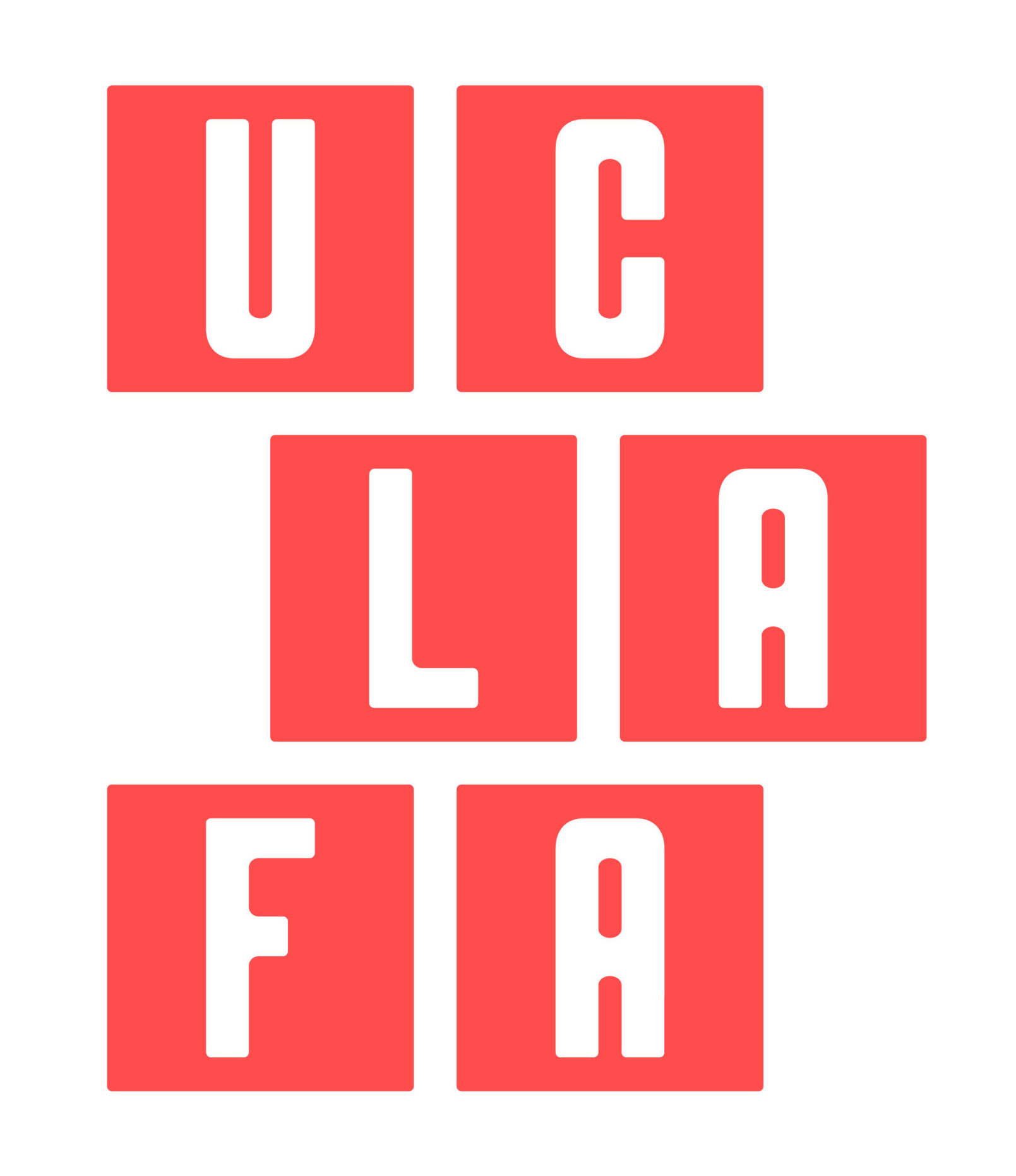LAO Doesn’t Think “No Pay/No Say” Applies to the UC Budget
The Legislative Analyst has released his analysis of the Brown budget proposal. It generally follows the polite format of not being to assertive about risks, etc. It actually suggests a somewhat brighter economic outlook than the governor’s budget was based on. However, it does not fundamentally challenge his numbers. You can find the analysis at http://lao.ca.gov/reports/2011/bud/budget_overview/budget_overview_011211.pdf Of special interest to readers of this blog are comments made about the higher ed elements of the budget. These comments are reproduced below. However, the LAO continues to assume that good public policy is for the legislature, while cutting the higher ed budget,…
